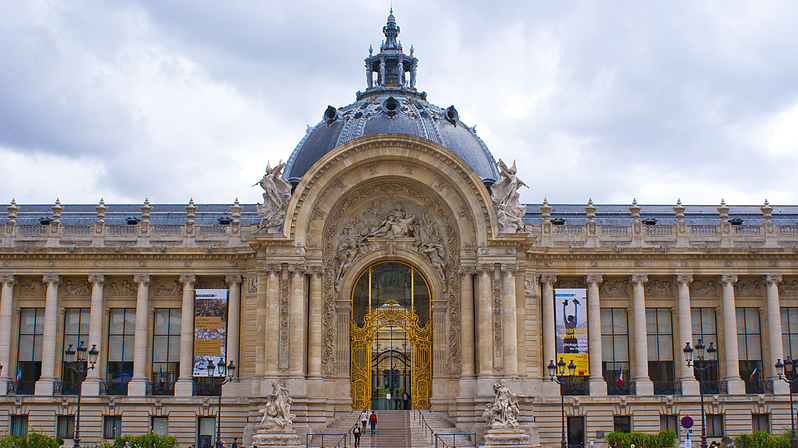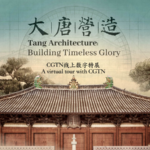When the Grand Palais first opened its doors at the 1900 Paris World Expo, few imagined it would endure as a timeless icon of architectural ambition. A marriage of Beaux-Arts grandeur and industrial innovation, this glass-and-stone marvel was designed to celebrate France’s cultural achievements. Today, it stands as a testament to how expo architecture can transcend its origins, evolving into a dynamic space for art, fashion, and public life.
With Expo 2025 Osaka on the horizon, the Grand Palais offers lessons in urban foresight. Such structures aren’t mere temporary spectacles—they anchor a city’s identity and drive post-expo revitalization. Osaka’s planned ‘People’s Living Lab’ aims to integrate sustainable design into its legacy, echoing how Paris repurposed its expo gem into a cultural hub.
Architecture from past expos, from London’s Crystal Palace to Shanghai’s China Pavilion, reveals a pattern: visionary design can catalyze long-term economic growth and community engagement. For investors and urban planners, these landmarks underscore the value of blending creativity with practicality.
As nations prepare for Osaka 2025, the Grand Palais reminds us that expo legacies aren’t just about steel and glass—they’re blueprints for the cities of tomorrow.
Reference(s):
cgtn.com








